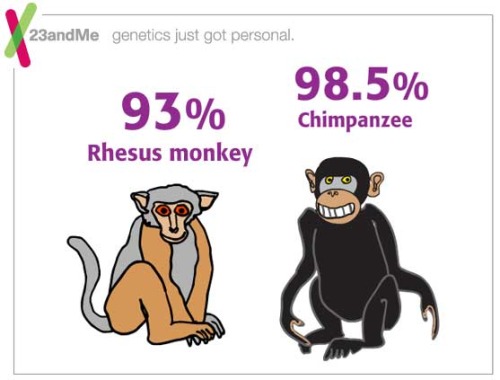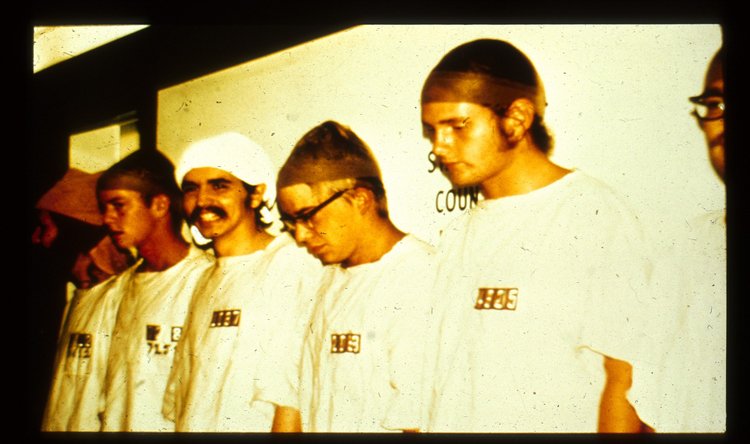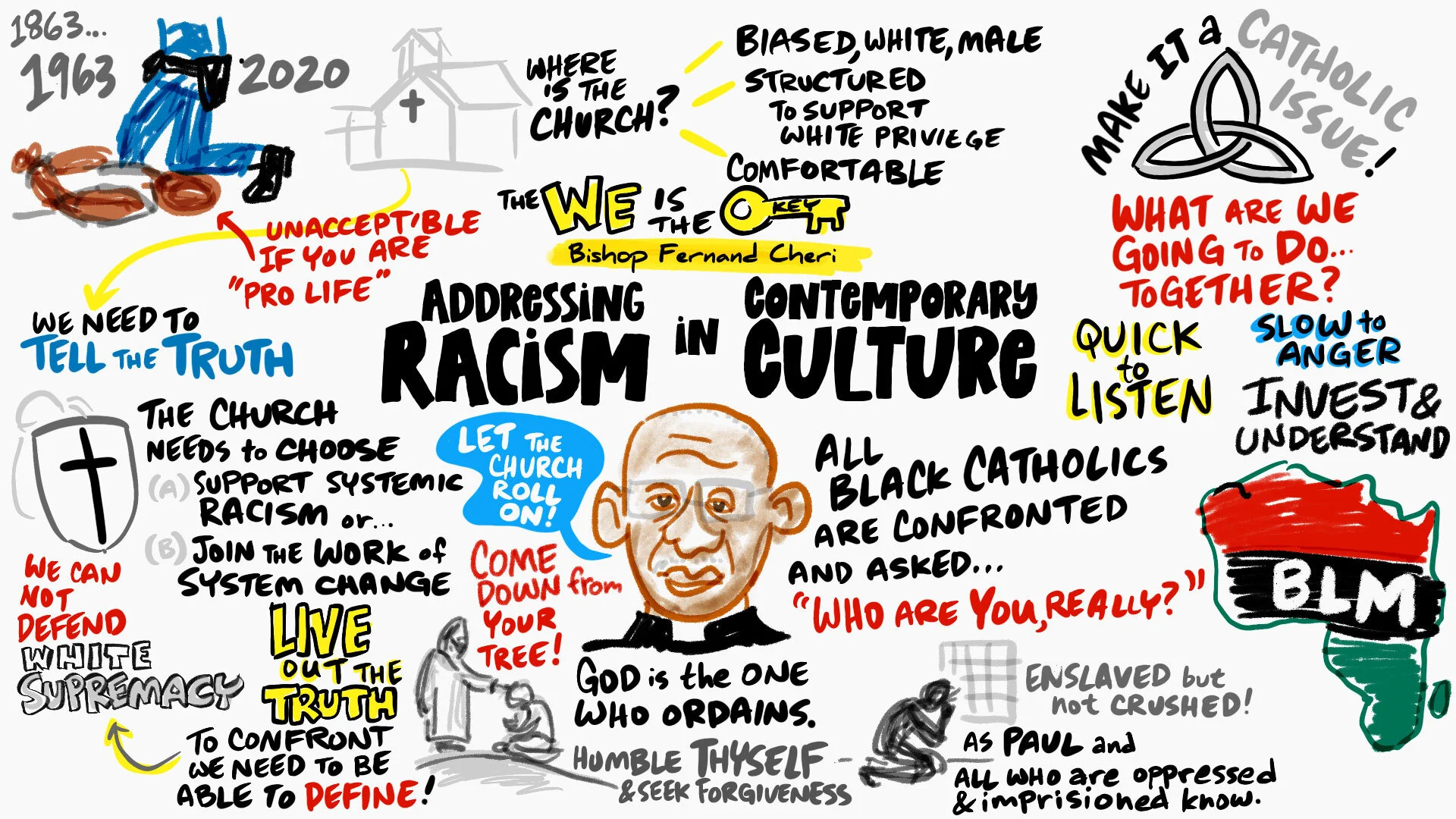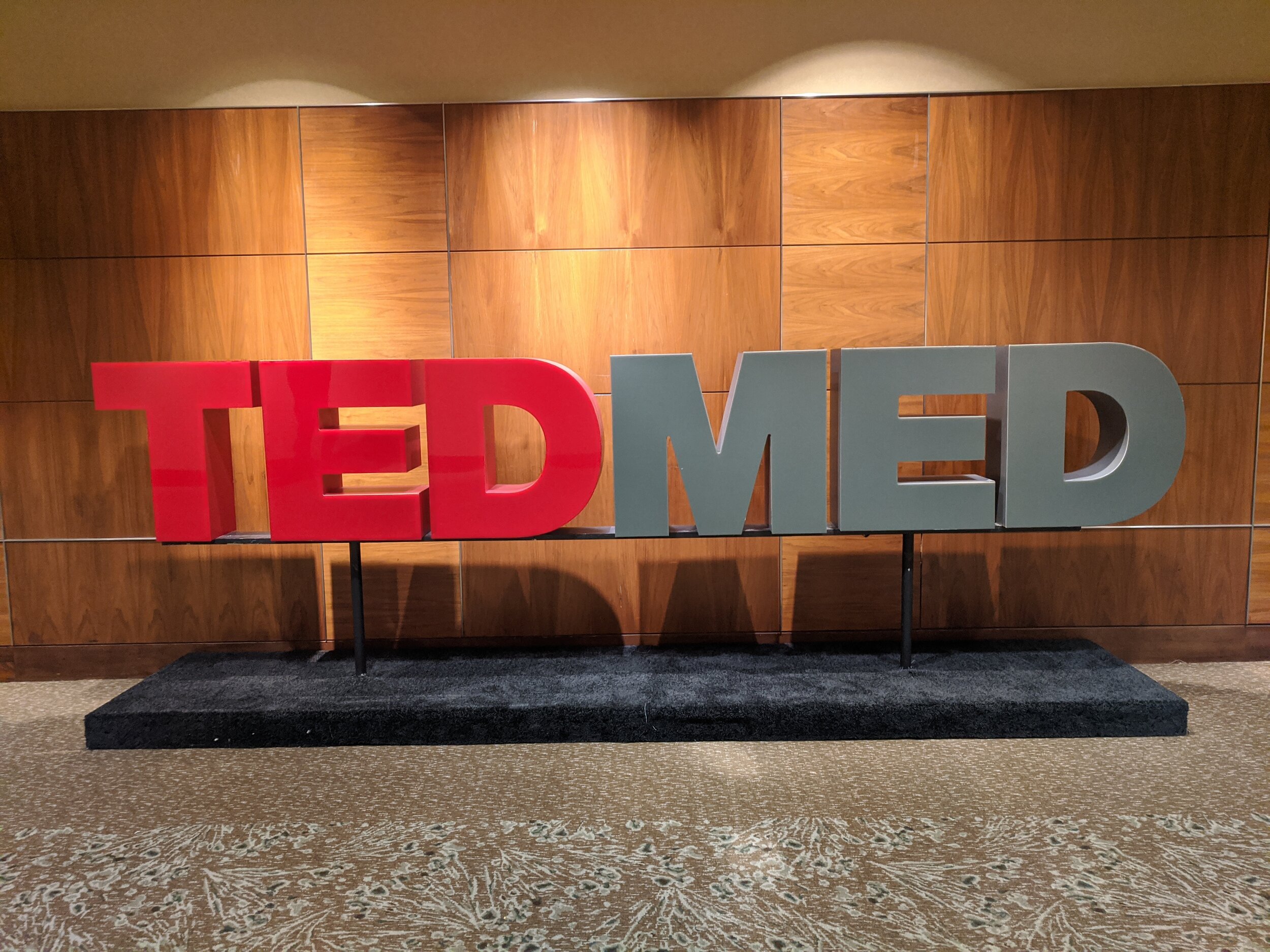 As a kid in the 70's, I remember walking the shores of Lake Michigan and dodging the rotting piles of dead fish covered in maggots.
As a kid in the 70's, I remember walking the shores of Lake Michigan and dodging the rotting piles of dead fish covered in maggots.
These small, silver fish, called alewives, grew in unchecked mega-pods because of the lack of a top predator in the lakes. Lake trout were essentially wiped out around the same time by overfishing and the invasion of the exotic, rapacious sea lamprey. For a time, alewives, which often exhibit seasonal die offs, washed up in putrid layers on the shorelines of the Great Lakes.
There was (and is) a crazy cascade of invasive species that were intentionally introduced to solve the problem. Each intentional introduction of a foreign species creates a new ecological issue that permanently altered the ecology of the Great Lakes. The most recent intruder? Massive Asian carp that can grow to be 80 to 100 pounds. They're ravenous eaters, consuming up to 40 percent of their own body weight in plankton each day. And they're bullies, pushing out weaker, native species. (Listen to NPR story.)
So... the prospect of having genetically modified organisms and micro-organisms invade my personal ecology fills me with dread. Even if measures of accountability are imposed, once the damage is done, there is no point of return.  The latest book by science writer, Denise Caruso, details the threats of introducing new organisms--whether on the nano, the micro and the macro-levels--into the fragile ecology of our planet. Ecological catastrophes that would dwarf the breech of New Orleans' levees.
The latest book by science writer, Denise Caruso, details the threats of introducing new organisms--whether on the nano, the micro and the macro-levels--into the fragile ecology of our planet. Ecological catastrophes that would dwarf the breech of New Orleans' levees.
These potential disasters would, in the words of Caruso, "create stewardship challenges for generations into the future that are already far beyond our present scientific knowledge or capabilities."
From Worldchanging:
Denise Caruso holds a somewhat legendary status among tech journalists. A columnist for the NY Times (her old Information Industries column was a must-read for years, while her new column Re:Framing just kicked off on a bang with a piece titled Someone (Other Than You) May Own Your Genes) and founder of the Hybrid Vigor Institute (an NGO dedicated to facilitating interdisciplinary and collaborative approaches to scientific problem solving), it's not going too far to say that Caruso's work has helped shape our society's thinking about the future of science.
That future may be riskier than we like to think. In her new book, Intervention: Confronting the Real Risks of Genetic Engineering and Life on a Biotech Planet , Caruso lays out in chilling detail exactly why even (perhaps especially) those of us who are strong supporters of science and innovation ought to be extremely concerned about the unintended consequences of contemporary biotechnological industrial research.
, Caruso lays out in chilling detail exactly why even (perhaps especially) those of us who are strong supporters of science and innovation ought to be extremely concerned about the unintended consequences of contemporary biotechnological industrial research.





 How does a propensity for self-sacrifice evolve?
How does a propensity for self-sacrifice evolve?








